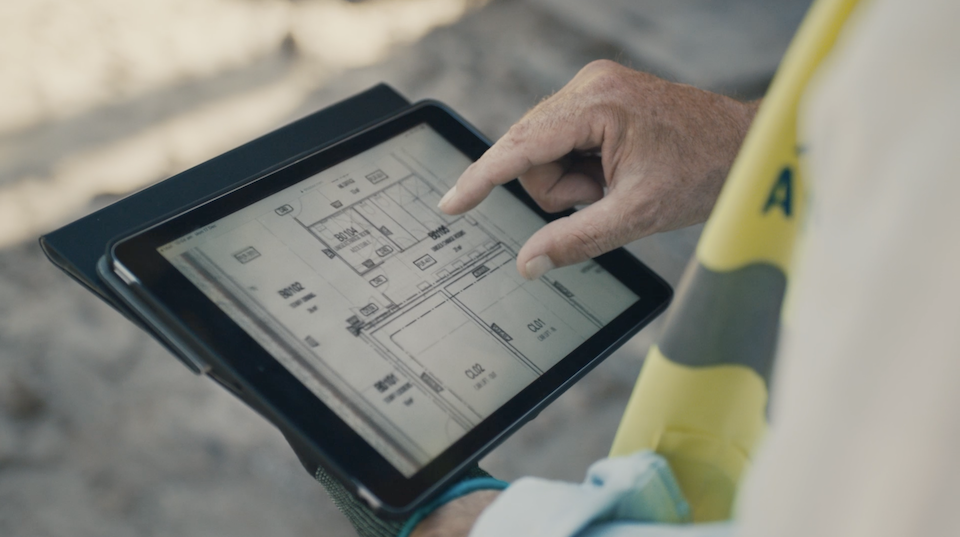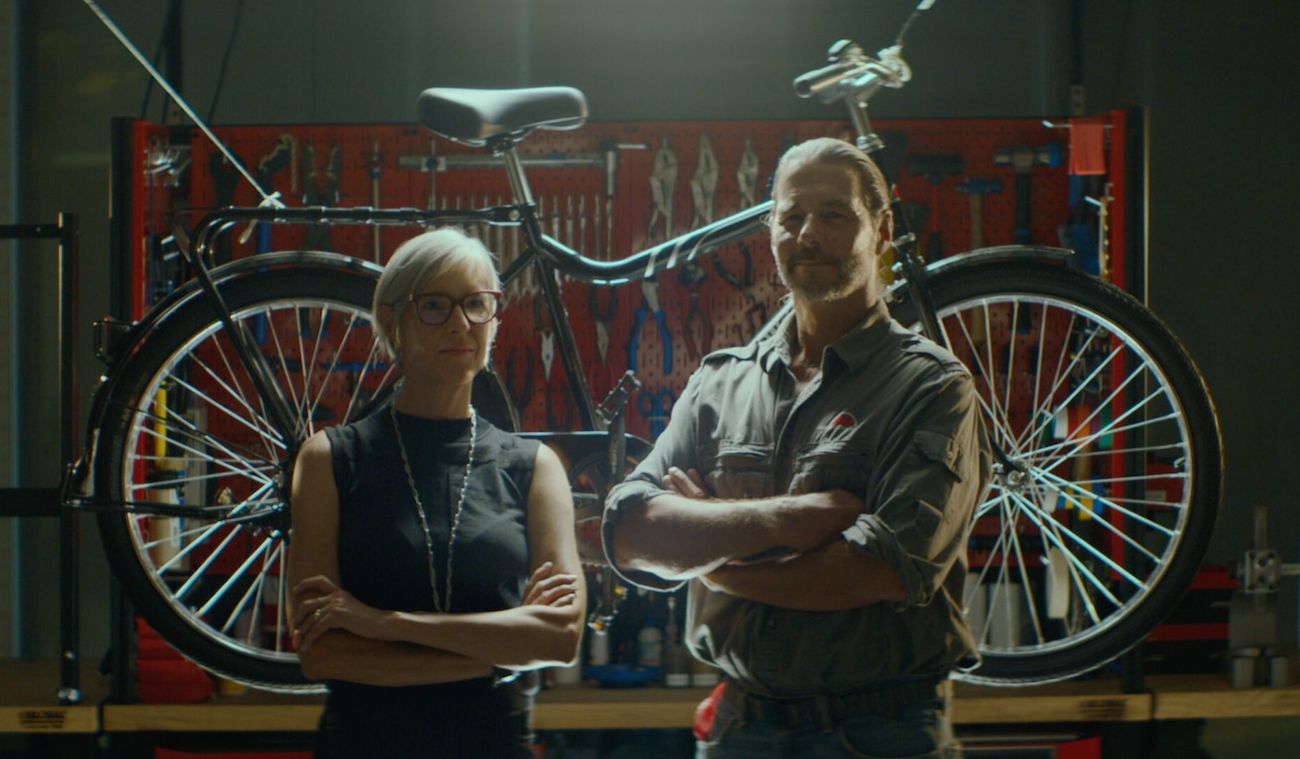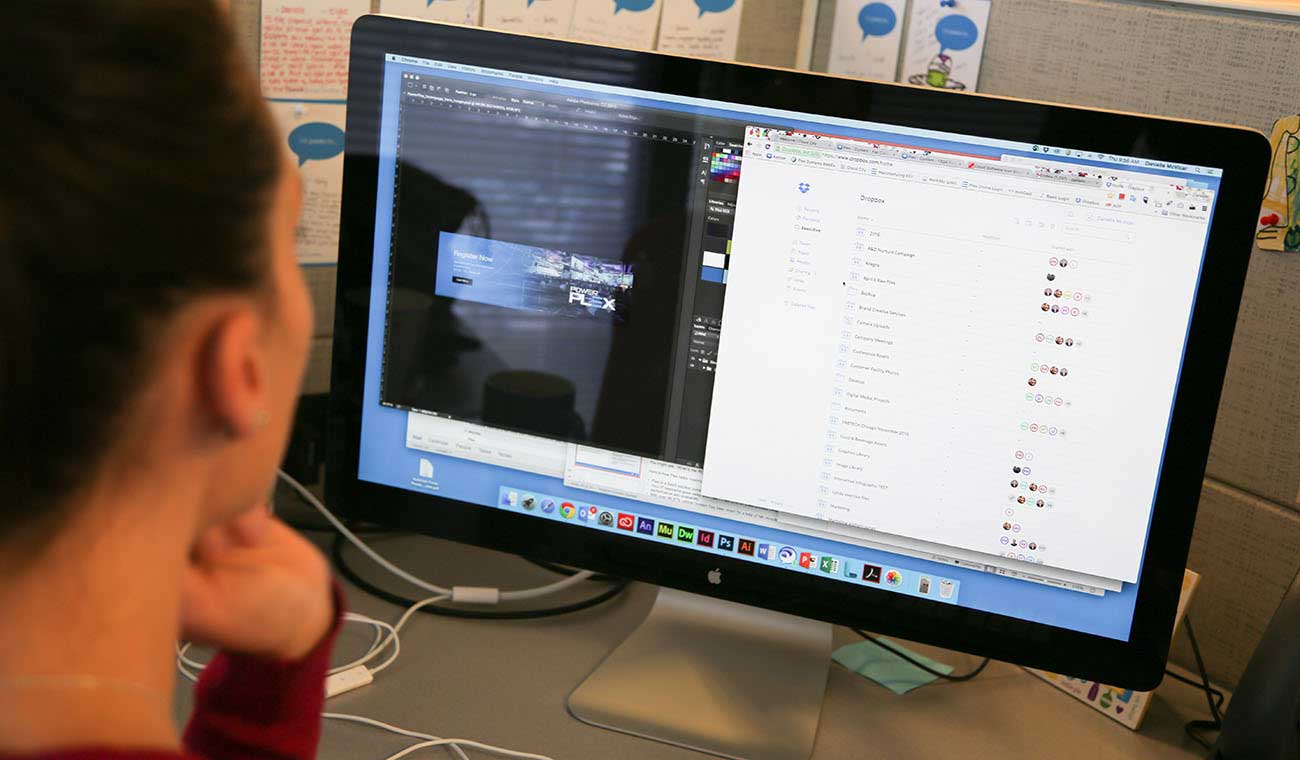
Check in on how Foursquare uses Dropbox to streamline their business and keep the team up to date. If you’d like to learn more, here's the full case study!
Addressing a growing organization
When Foursquare launched in 2009, the small team worked in close quarters and was able to easily stay on the same page. But as the business grew, the headcount did too, and it quickly became apparent that Foursquare needed a robust, reliable solution for sharing files across locations—and oceans. Eric Friedman, Director of Sales and Revenue Operations says, “With offices in San Francisco, New York, and London, we needed a viable central file system that would allow us to easily create, organize, and manage all of our digital documents.”
Because Foursquare was such an early adopter of Dropbox, many people from the organization had individual accounts before the business product was introduced. By the time the company switched to Dropbox for Teams, it had the system down pat. “Every one of our clients and partners has a home in Dropbox,” Friedman says. “Everything that happens with them lives within the application, and it’s also where our sales reps, account managers, legal, and design teams store all of their important documents.”
A system that’s become indispensable
Dropbox also helps Foursquare streamline previously time-consuming administrative tasks. As Friedman explains, “It’s been incredibly helpful to use Dropbox during new employee onboarding. I can just add people to the team, share one folder, and they’ll have everything I reference throughout my welcome process.”
Our rule of thumb has become: if it’s not in Dropbox, it doesn’t exist. - Eric Friedman, Director of Sales and Revenue Operations | Foursquare
Above all else, having local, centralized access to files is what makes Dropbox for Teams most valuable to Foursquare. “With people on the road and in different offices, it’s critical for us to make sure all our important information and documents live in one place and can be easily accessed at any time. Having all of our files local on everyone’s machine and backed up regularly is invaluable.” Friedman adds, “Our rule of thumb has become: if it’s not in Dropbox, it doesn’t exist.”
















































































































































